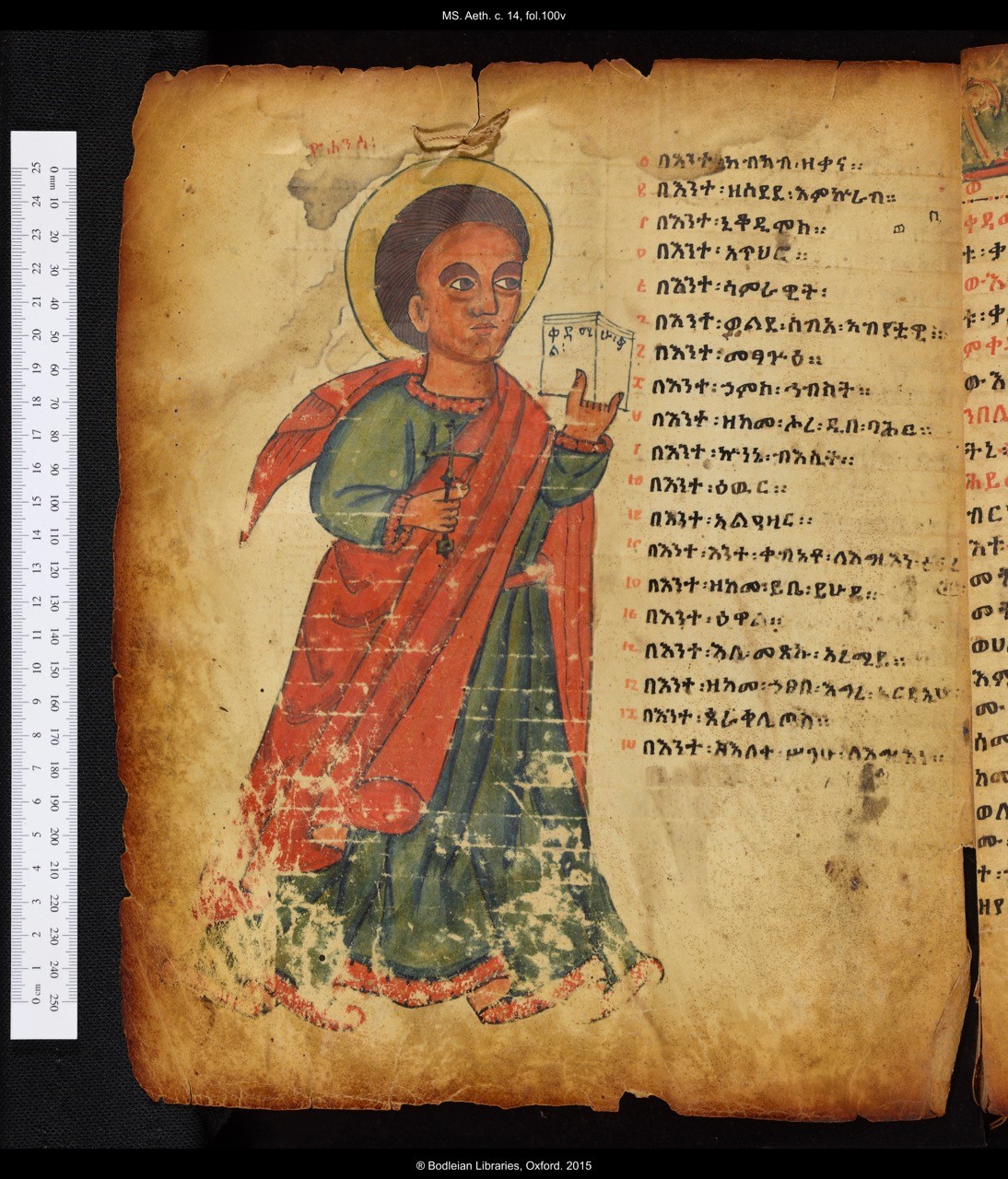
These include the observance of Jewish dietary laws, like the prohibition of pork. The Ethiopian Orthodox Church bears a striking liturgical resemblance to Judaism in that it continues a number of Jewish practices abandoned by most Christian churches. Ethiopians traditionally trace their lineage to the biblical King Solomon and the Queen of Sheba. True to the king’s vision, they include sites that are intended to honor prominent biblical places, such as the tomb of Jesus and the manger of his birth. The spectacular churches of Lalibela were carved out of solid rock and are now recognized as a UNESCO World Heritage Site. The area where these churches were fashioned is today known as Lalibela, after the king. He hoped to construct a New Jerusalem as an alternative destination for Christian pilgrims. Lalibela commissioned a series of churches to be constructed in the hills of northern Ethiopia.


Concerned that Jerusalem would become closed to Christian pilgrims, the Ethiopian king, Lalibela, took action. In the late twelfth century, Jerusalem had reverted to Islamic control once again as the occupying European Crusaders lost the city to a Muslim army.


 0 kommentar(er)
0 kommentar(er)
